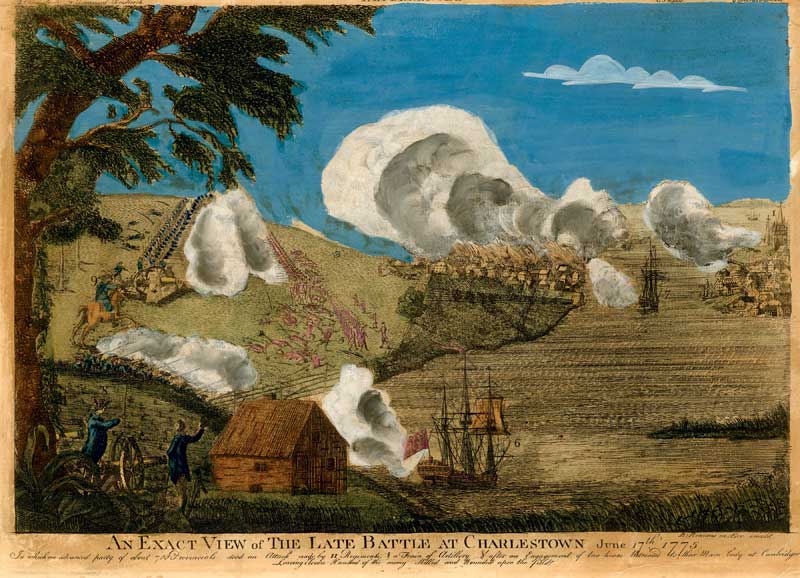John Carter Brown Library | Local Treasure
The Columbus letter is thinner than you’d expect–just a few pages of Latin type and a handful of illustrations wrapped in a gold-embossed cover. Reprinted all over Europe, it conveyed a simple message: Christopher Columbus had found land. No one knew how much. It might be a lot. From that message sprang centuries of explorers […]


The Columbus letter is thinner than you’d expect–just a few pages of Latin type and a handful of illustrations wrapped in a gold-embossed cover. Reprinted all over Europe, it conveyed a simple message: Christopher Columbus had found land. No one knew how much. It might be a lot. From that message sprang centuries of explorers and colonists, fortunes and failures, atrocities and miracles. It marked the seminal moment of the past millennium, yet it takes up less than an inch of shelf space at the John Carter Brown Library.
This independently funded institution on the Brown University Green in Providence, Rhode Island, is dedicated to maintaining and continuing its namesake’s private collection of rare books and manuscripts. In 1846, John Carter Brown (son of Nicholas Brown Jr., for whom the university is named) turned his attention and his fortune to collecting every document he could find on the exploration of the Americas.
It was, in part, a gentleman’s hobby, but it was also representative of the angst of his age. America’s growing pains were threatening to tear the country apart. No longer a fledgling nation united against foreign threats, Americans were indulging in the all-consuming luxury of arguing among themselves. At stake was the very identity of the country, an issue so large it would take the Civil War to resolve. Brown’s collection spoke to two core questions underlying America’s midlife crisis: Who am I and where did I come from?
Today the library contains more than 50,000 rare books and thousands of maps, prints, and manuscripts dating from 1493 to c. 1825, and concerning every corner of the Western Hemisphere, from the Strait of Magellan to the Arctic Ocean. It’s the most complete collection of its type anywhere.
Director Edward Widmer explains that the strength of the collection comes from the library’s dedication to telling the whole story of the Americas, amassing works from every country that sent explorers across the Atlantic. “We have the English, French, Spanish, Italian, Portuguese, and Dutch greatest hits all in one place, and that’s essentially unique on Earth,” he says. “We have the complete story of how America was discovered and explored and settled all here in one building. That’s the most realistic approach to American history I know of.”
SLIDE SHOW: John Carter Brown Library’s collections.
Justin Shatwell
Justin Shatwell is a longtime contributor to Yankee Magazine whose work explores the unique history, culture, and art that sets New England apart from the rest of the world. His article, The Memory Keeper (March/April 2011 issue), was named a finalist for profile of the year by the City and Regional Magazine Association.
More by Justin Shatwell

